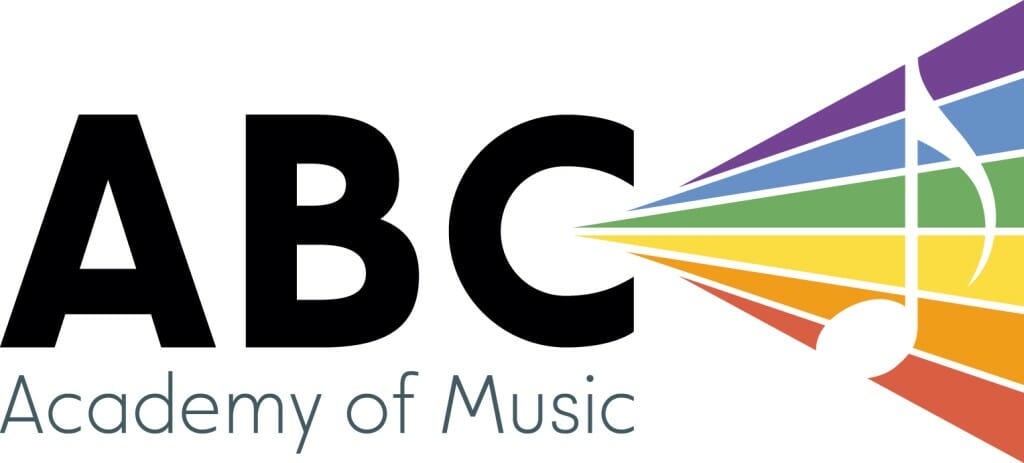Emet
This week we switched our triads from D minor to F major. The fingering is still the same, with RH using finger 2 in first inversion, and LH using finger 2 in second inversion.
Hound Dog – On the second page LH’s bassline pattern now has staccatos, in contrast to the first page where you play everything legato. This second half of the piece is bouncier! Keep doing your counting with “ands”, especially when the melody of “but that was just a lie” comes around since that rhythm is more complex.
Hey Jude – This song will be our main focus this week. Please play up until bar 38, but divide how you practice up based on the form of the song: bar 1-16 is the verse, and bar 17-38 is the chorus. For each section, play each hand separately first, and then try it together. We talked today about FACE in the space for the treble clef space notes, but also Every Good Boy Deserves Fudge for the line notes. Using this saying will eliminate the guessing, especially for notes higher on the staff. Do also take note of the distances the melody is moving (usually it’s steps or skips) – it will help with your reading. Remember this song has a Bb in the key signature!
For next steps, I suggest leveling up in both of your current books to level 4. Here are the links for Amazon:
Nathalia
Today we introduced the C major scale as a new warmup. When we play this scale we start on C and step all the way up to the next C (and then back down again). Fingering for the RH is 1-2-3-1-2-3-4-5 and for LH is 5-4-3-2-1-3-2-1. The way down will just be the reverse.
7th St. Blues – Noticing intervals in this song is very helpful – LH is only ever going between a 5th, 6th, and 7th, with G being the static bottom note. RH similarly also has a static G on the bottom of its triads. Since this song is short, see if you can get the notes comfortable enough to keep a steady groove/rhythm throughout the entire piece.
Bye Bye, Love – Keep practicing the “verse” section as we have been doing, but this week RH can look ahead and read the “chorus” melody. RH plays a lot of 6ths, so try to notice what those look and feel like for your hand! Only go until the 1st bracket (don’t worry about the 2nd ending just yet).
Kollel
Today we discussed the “cycle of 5ths” and how it helps us determine keys and their key signatures. Start on C, and each time you go up in 5ths, it adds one sharp to the key signature. We have already played G and D major, so now we have A major, which has 3 sharps. Which 3 sharps is determined by the order of sharps, which has the saying Father Charles Goes Down And Ends Battle. So, for A major, we will use F#, C#, and G#.
Etude in G – This week please put only the first two lines hands together. The reason I am asking for only this much is so you can really focus on the articulation, especially the staccatos. They add so much to the character of the piece. Bars 3-4 and 7-8 have both hands playing staccatos at the same time so that will make it easier. RH, when playing thirds please work on getting your two notes playing at exactly the same time, not slightly staggered. As soon as you brought awareness to this it already started improving, so just keep it in mind.
Fur Elise – You can definitely add the pedal into the A and also the C sections of this piece. Keep it out of the B section for now since there are some bars that need review, specifically bars 28-30. Double check rhythms and notes, and still keep that grace note out for now. LH please remember when we cross over octaves in the A section to not twist but rather tuck – it’ll be way safer for your wrist and fingers.
As for a new book/piece, I do recommend the Pachelbel’s Canon for now if there is a way for you to acquire that PDF. In terms of a collection of pieces, I’ll have to do some more research since I can’t actually leaf through any options – online you can only see one or two pages as a preview and I don’t want to recommend anything that’s the wrong level!
